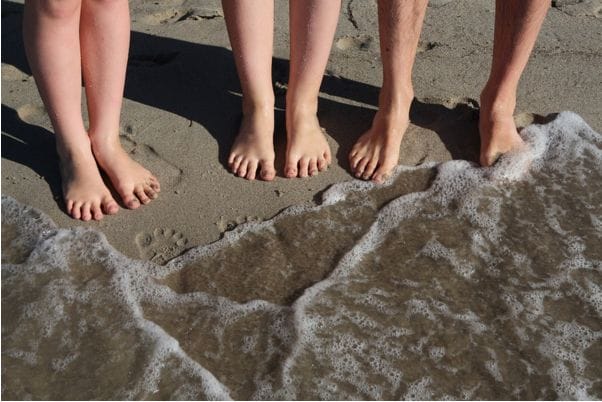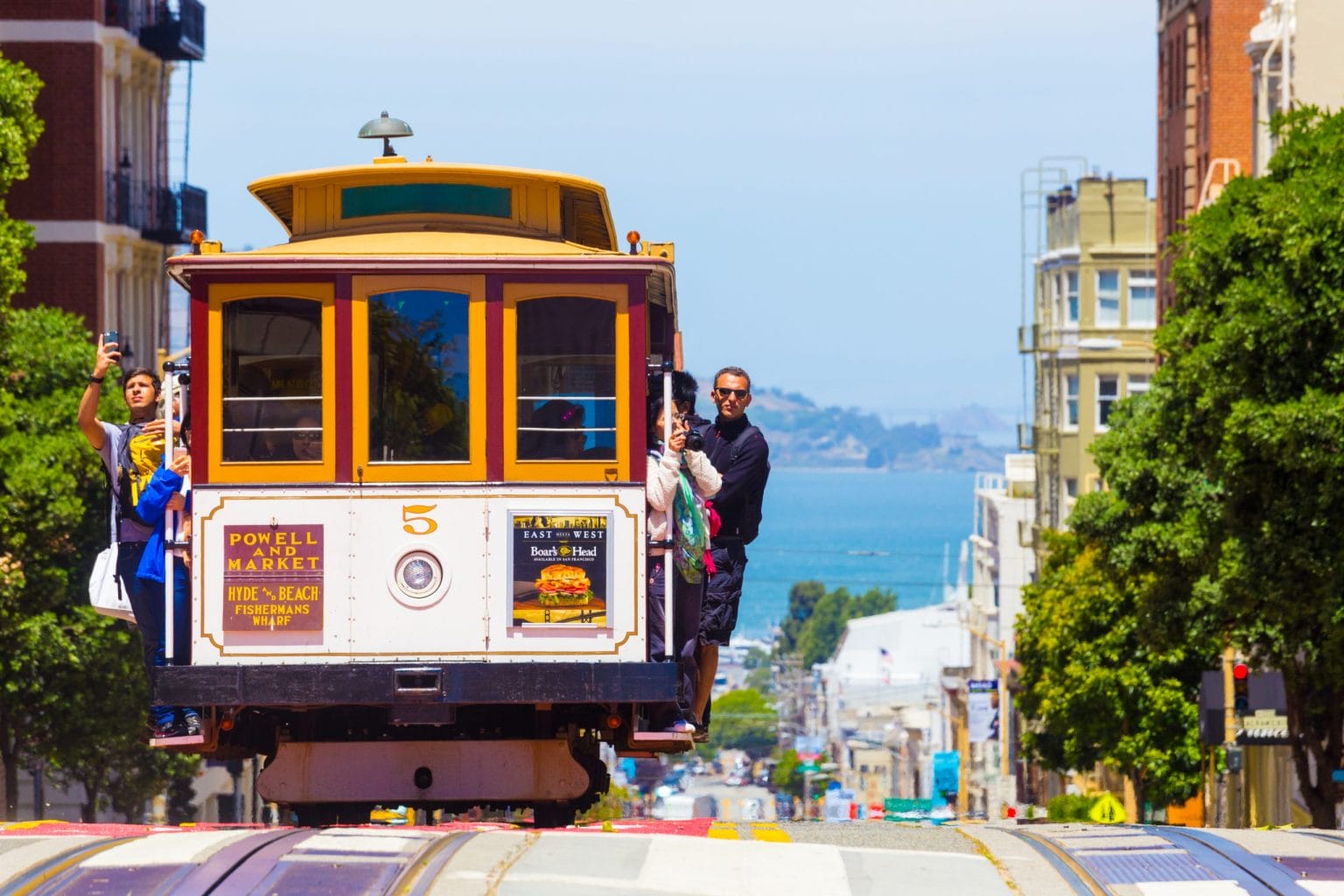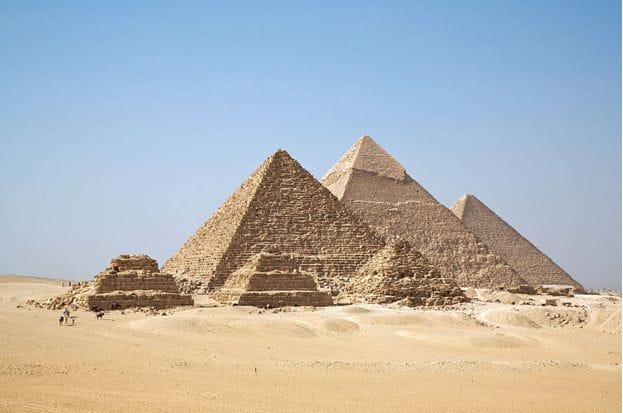Did you know that San Francisco was founded in the same year as the USA declared its independence? It’s true – June 29th, 1776 was the date on which the city was officially established. It’s named after 12th-century mystic Francis of Assisi, who founded the Franciscan order, and it’s one of the most storied and historic cities in the USA. If you visit San Francisco, you can be sure of a great time thanks to its many and varied tourist attractions, one of which is the world’s last remaining manual cable car system.
San Francisco is a city of anniversaries, it seems, because at time of writing, the cable car system is celebrating its 150th anniversary, which seems incredible. Visiting San Francisco today will give you the chance to ride on the cable car and be a part of history constantly in the making; after all, every day that it remains in operation is another day on which it sets a record for being the oldest system of its type. Let’s take a look at this cable car system and discover its origins!
1873: the San Francisco cable car system is established
The year is 1869, and Scottish engineer Andrew Hallidie has an idea. Hallidie’s background is in mining, and he noticed that the technology used to haul the loads the miners were digging up could potentially be used for human transportation. Hallidie quickly draws up a blueprint for a steam-powered cable system, inspired in part by his experience as a miner and in part by the time he saw horses trying to pull a carriage up a street in the rain. Naturally, the horses struggled to do so, and Hallidie thought that there must be a more efficient mode of transportation than this.
Between 1869 and 1873, Hallidie constantly iterated on and perfected his blueprint, until it was finally ready to debut in the summer of the latter year. It was then called the Clay Street Hill Railroad, named after the road on which it principally operated. After a test period of around a month, the Clay Street Hill Railroad was opened to the public in September 1873 and was an immediate and runaway success. The public loved the idea of hopping onto a cable car and transporting themselves wherever they needed to go, and they loved the convenience of a car system that didn’t require horses to pull it.
How did the cable car system work?
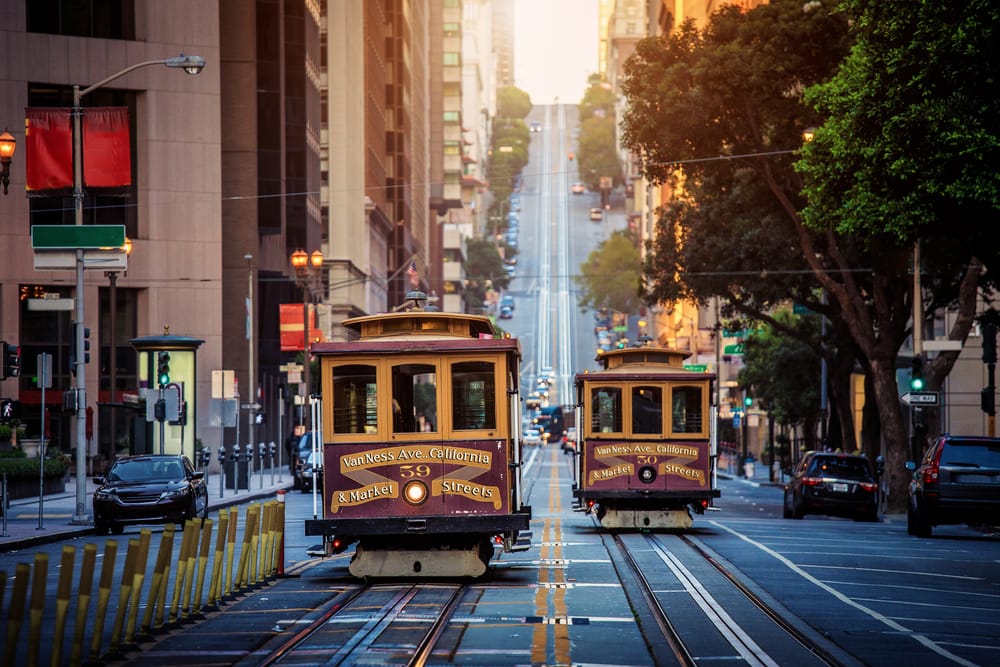
The operation of the cable car system was, as you might expect from an inventor with Hallidie’s genius, pretty inventive. The idea was that cables running below the street would convey the carriages, which would hold onto the cables through narrow grooves in the tracks. The cable car ran at a consistent speed of just under 10 miles per hour, ensuring that it wasn’t likely to prove any kind of public menace, and it was powered by steam engines, although that power system was replaced by an electric motor in 1912.
After the establishment of the Clay Street Hill Railroad, more cable car systems rapidly began to appear, inspired by the success of the first line. These included the Sutter Street Railway, which debuted in 1877, as well as the California Street Cable Railroad and the Presidio & Ferries Railway, among many others. It was clear that the public had caught cable car fever, and the city would need its cable car networks expanded in order to meet demand. The era of the cable car had well and truly arrived.
Electric streetcars take over
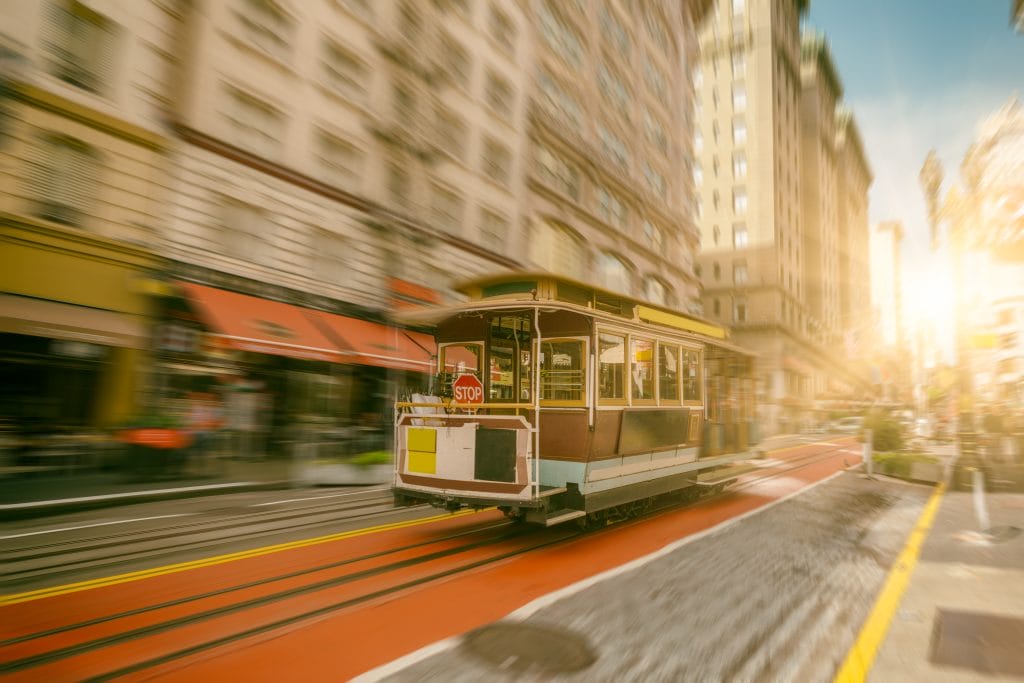
Following the cable car’s dominance, the 1906 San Francisco Earthquake led to a decline in the cable car and a preference for above-ground electric streetcars powered by cables that stood above the tracks. This was due in large part to the fact that such systems wouldn’t be so easily displaced by earthquakes, a problem with which San Francisco suffers as a city more than many others do. Of course, by this point, electricity had begun to significantly supplant other sources of power, and so electric cars were preferred to the older cable car system.
Around the early 1950s, the cable car system was in decline, and it was a battle for many operators to keep their lines open in the face of increasing pressure to replace them with bus services and other, more “efficient” modes of transport. Personal automobiles were also becoming more and more common, which reduced the need for the cable car systems that companies were still trying to keep alive.
National heritage and importance
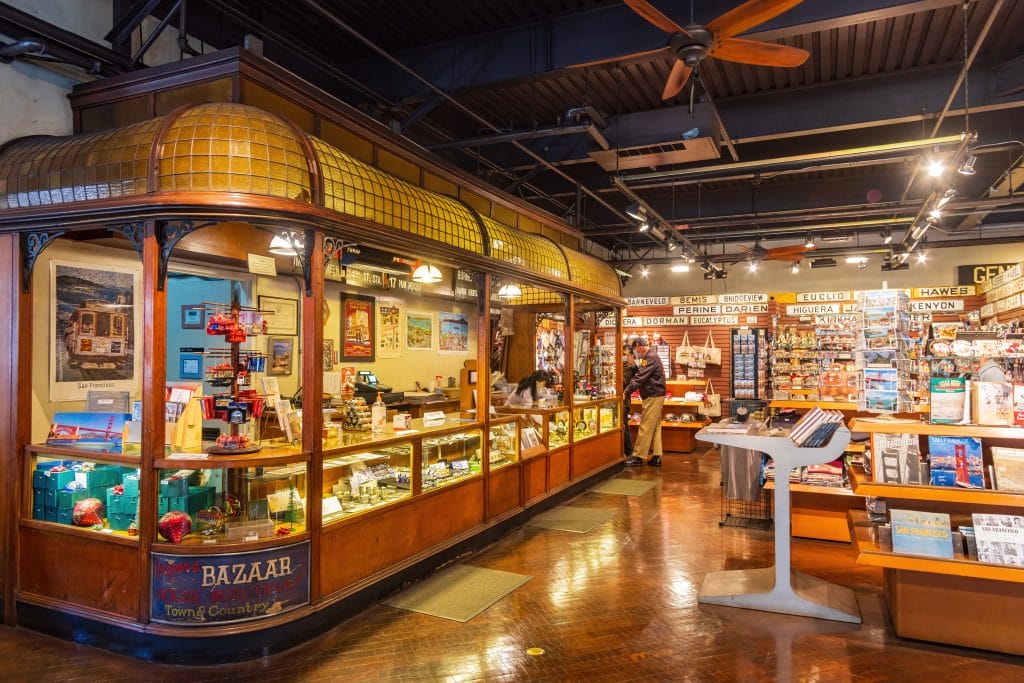
One major lifeline for the cable car system came in 1964, when it was designated a National Historic Landmark. This system protects elements of American heritage that are considered essential to the country’s founding, operation, and cultural existence. Other NHLs include Central Park in New York, the Hoover Dam in Arizona, and many elements of Yellowstone National Park, which should go towards telling you just how important the San Francisco cable car system is.
Today, the San Francisco cable car system is still very much in operation, and although it’s received many overhauls and updates since its original inception (as you’d hope, given that few people would still want to ride a cable car system from the late 19th century), you can still hop onto a cable car and travel around the city. If you’re interested in learning about the cable car system still further, we’d strongly recommend checking out the San Francisco Cable Car Museum, which contains many artefacts and items of interest relating to the cable car system’s operation throughout the years.

